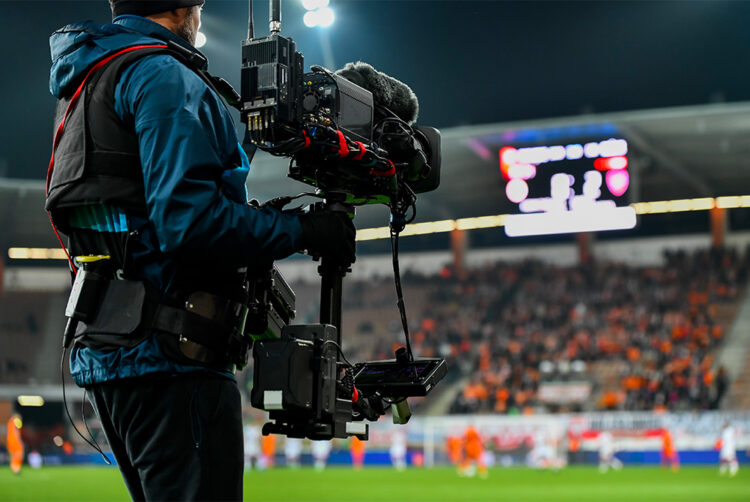How D2C is changing advertising in live sports

Opinion
Streaming sports presents a lucrative opportunity for direct-to-consumer services, but they must overcome challenges like ad experience and brand safety to achieve the highest CPMs.
The live sports streaming market is more complex and competitive than ever. Recently, we saw the rights to the Uefa Champions League split between three organisations — Amazon, BT Sport/TNT Sports, and BBC — for the first time from 2024. This move signals another shift in the booming live sports market and how new players challenge the traditional broadcast model.
As a result, there is more pressure on sports rights holders to maximise the value of their investment. The industry strives to offer more personalised entertainment experiences, meaning rights-holders face essential decisions that will make or break their investment when devising the best go-to-market strategies to overcome today’s challenges.
In parallel with the increasing competition for rights is the lowering of the barriers to entry for new entrants into the market. Streaming has opened the door to direct-to-consumer (D2C) streaming operations — look at how Amazon Prime has disrupted the market using the D2C model. Also, for less valuable sports than the UEFA Champions League football, there is an opportunity for sports organisations to cut out the middleman and go D2C.
Adopting a D2C strategy is possible because of the high quality and affordability of streaming technology. However, delivering the content at a premium quality and at scale is a complex process. This is partly due to the increased demands on monetisation in the digital arena, especially where advertising is concerned.
The current advertising landscape
Many ad experiences remain poor for viewers, with excessive repetition and poor execution. In many cases, rights-holders miss out on achieving the highest cost-per-thousand (CPM) through a lack of personalisation and measurement.
With a cohesive D2C strategy, sports organisations can create a 360-degree view of their fans by collecting data on their interactions and spending behaviours. They can then use this data to target customers with relevant adverts promoting specific products, an essential revenue generation tool in today’s market.
Adopting a D2C approach is already finding success, particularly in the US live sports market with the NFL, NBA, and MLB. These sports organisations are offering a strategy that hits the mark with fans. They provide them with greater freedom, choice, and flexibility with their desired content, including access to archived content, real-time stat overlays, social media integration, and live in-game chats. This move has created a fan ecosystem and maximises revenues through personalised experiences.
Market complexities
However, despite the signs of success, the challenge of complexity looms large. There is a fantastic opportunity for companies to build D2C offerings that deliver high-quality advertising, but factoring in a mix of first-party and third-party sold creates enormous complexity. Third-party requires integrations with (often multiple) ad networks. Plus, media companies must consider how to prepare ad content, brand safety, and real-time measurement — as effectively and efficiently as possible.
In addition, to effectively execute a D2C strategy, brands must have the proper technical infrastructure in place to allow them to meet demands. This means a platform enabling them to manage content and digital assets, incorporate broadcast-level resilience, and integrate analytics. This infrastructure needs to be flexible enough to allow them to adjust to changes and be able to integrate new technologies in the future.
With the right tech stack, sports brands can embrace the changes in today’s market. By adopting this future-proof infrastructure, brands can improve the digital experience for their customers rather than be limited by legacy monolith systems that have become outdated, expensive to maintain, and slow down progress.
Build, buy or partner?
Scalability, resilience, and flexibility are essential in managing such complexity at a mass scale in a live environment where all ad calls happen simultaneously. Identifying the right approach to technology is essential if sports rights owners are to maximise the value of their inventory in an era when the cost of sports rights only increases.
It has been common practice for organisations to have their tech in-house to capitalise. Still, we are now at a stage where media companies are turning increasingly towards third-party vendors as they seek best-of-breed solutions that will allow variation in revenue strategy over the long term.
Competition is increasing, and it’s being matched by complexity. But with the right strategy and the flexibility to deliver it, there is every reason for D2C providers to find long-term success on and off the field.
 Eric Black is chief technology officer general manager of media at content delivery network Edgio.
Eric Black is chief technology officer general manager of media at content delivery network Edgio.



